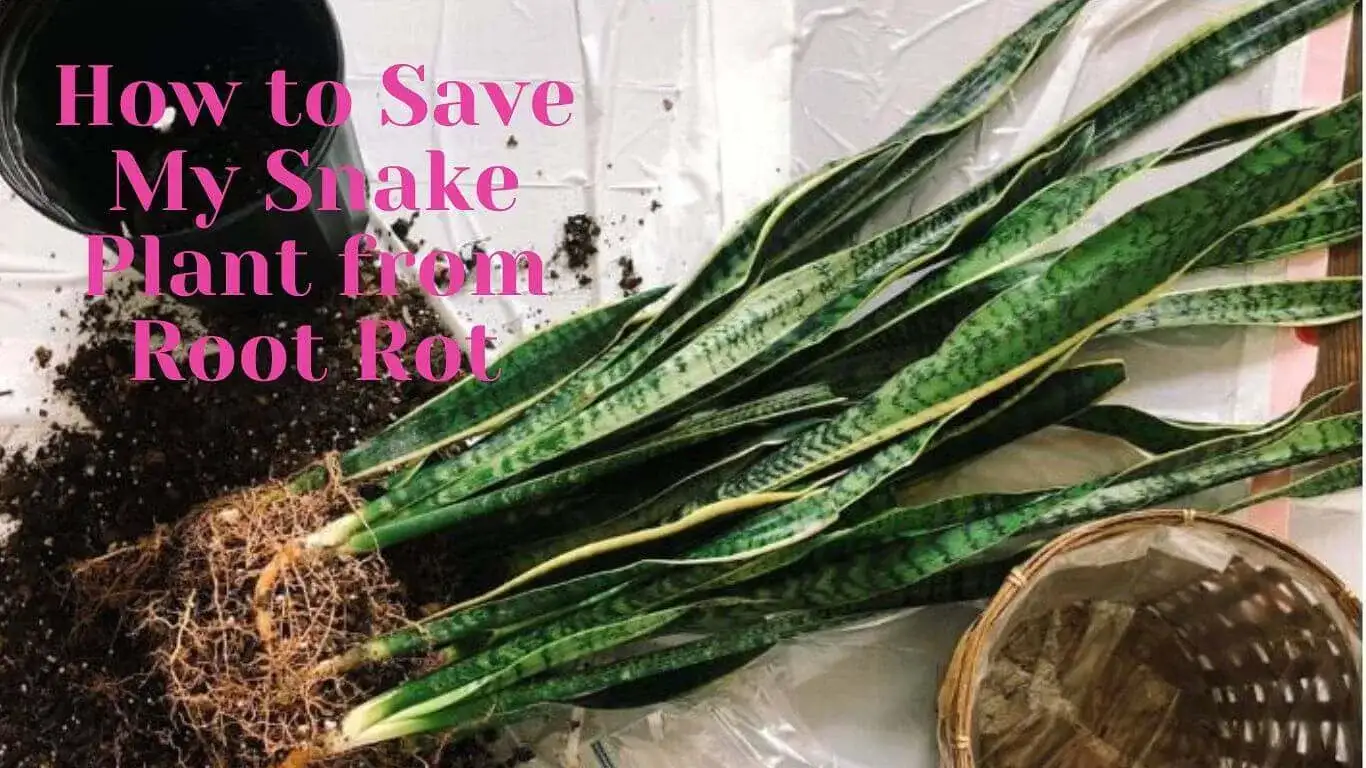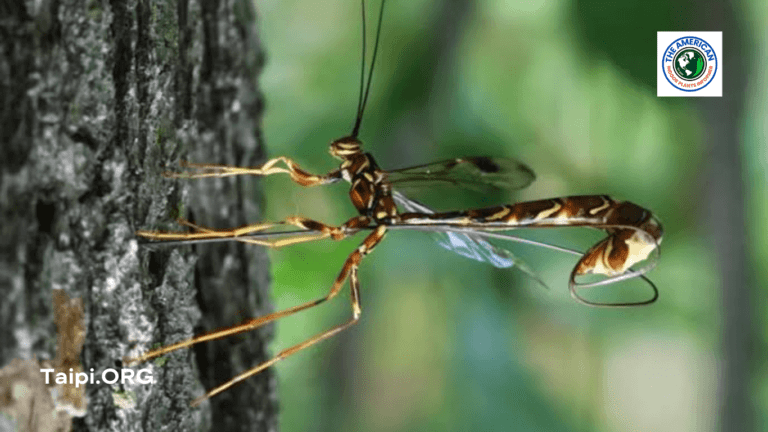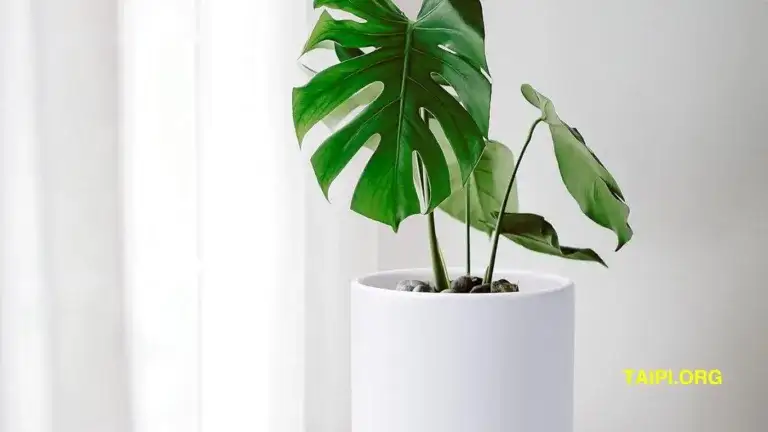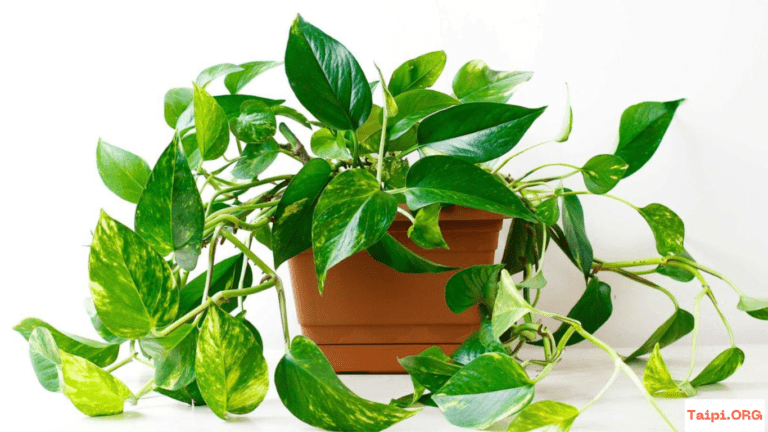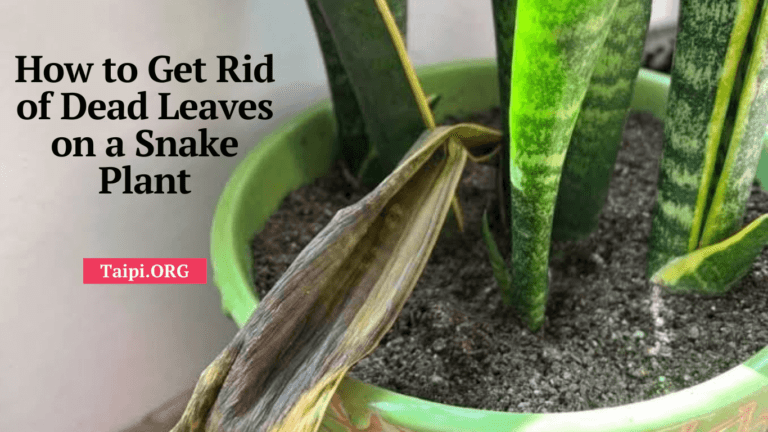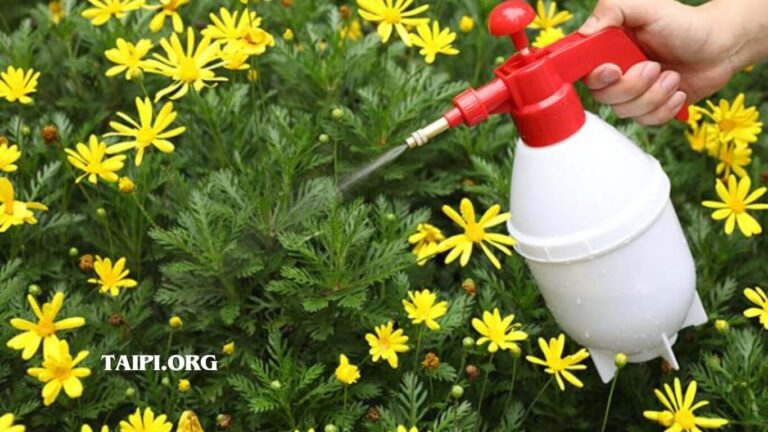How to Save My Snake Plant from Root Rot
ROOT ROT is a common healthy issue not just for snake plants but also for most indoor plants. If you want to grow a healthy snake plant thus; have a lively and beautiful interior, you are in the right place. This article talks about how to save your snake plant from root rot.
But before we talk about the steps you can take to save your snake plant from root rot, here are the preliminary actions to salvage your snake plant:
If you notice signs of root rot in your snake plant, begin by removing the plant from its pot and opting for a fresh soilless mix. Trim away any soft, discolored roots or leaves to eliminate the affected parts. Repot the remaining healthy rhizomes in the revitalized soil mix. Should some rhizomes be beyond rescue, dispose of them. Preserve a selection of healthy leaves to initiate the propagation of new snake plants.
But you may still ask, how do I know my snake plant has root rot?
7 Signs Your Snake Plant Has Root Rot
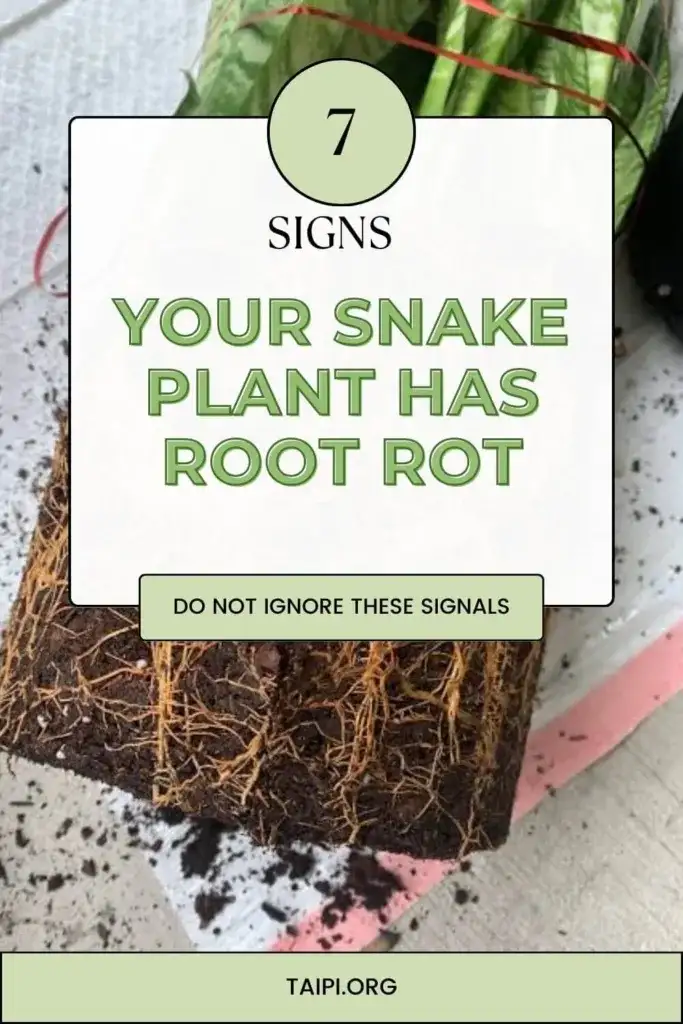
You can identify root rot in snake plants in several visible signs. Here are seven common indicators that your snake plant may be experiencing root rot:
1. Yellowing of Leaves
One of the early signs is the yellowing of leaves. This usually starts at the base of the plant and progresses upward. The yellowing may be accompanied by a soft, mushy texture in the affected areas.
2. Wilting and Drooping
The entire plant or specific leaves may exhibit wilting or drooping, even when the soil is moist. This is a result of the rotting roots’ inability to take up water and nutrients effectively.
3. Foul Odor
In some incidences, the affected snake plant may emit a bad smell.
If you notice a foul or unpleasant odor coming from the soil, it could indicate the presence of root rot. The smell is often described as musty or moldy.
4. Dark, Mushy Roots
Healthy snake plant roots are usually firm and white. But if you observe dark, mushy, or slimy roots when you inspect the root system, it’s a clear sign of root rot.
5. Reduced/Stunted Growth
Root rot affects the plant’s ability to absorb nutrients, leading to stunted or reduced growth. If you notice that your snake plant is not producing new leaves or growing as vigorously as usual, it may be a sign of underlying root issues.
6. Soil That Stays Consistently Wet
Snake plants prefer well-draining soil. If the soil remains consistently wet due to overwatering, it creates a conducive environment for the development of root rot.
7. Leaf Collapse
In severe cases, the affected leaves may collapse or fall over. This is a clear indication that the root system is compromised, and the plant is struggling to support itself.
If you observe these signs, act fast to address the root rot and save your snake plant.
Removing the plant from the pot, trimming away affected roots, and repotting in fresh, well-draining soil are key steps in the recovery process.
Adjusting your watering habits to prevent overwatering is also crucial for preventing future occurrences of root rot.
Step-by-Step Guide on How to Save Snake Plant from Root Rot
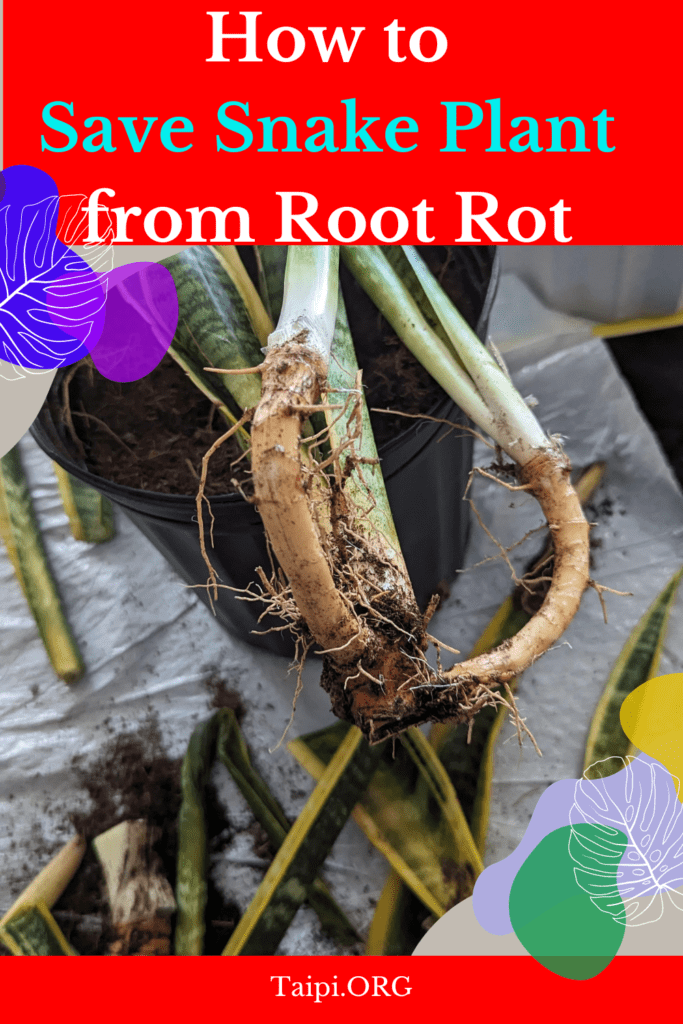
Follow these simple steps to save your beloved snake plant from root rot:
Remove the Plant from the Pot
Carefully take the snake plant out of its pot and examine the roots. Healthy roots are firm and white while rotting roots will appear mushy and brown.
Trim Affected Roots
Using clean, sharp scissors or pruning shears, trim away any soft, mushy, or discolored roots. Cut until you reach healthy tissue. Be sure to sanitize your tools before and after by rubbing them with alcohol to prevent the spread of diseases.
Let the Roots Dry
Allow the roots to dry for a day or two in a cool, dry place. This helps prevent the spread of the rot.
Choose Well-draining Soil
Repot the snake plant in a well-draining potting mix specifically designed for succulents or cacti. You can add perlite or sand to improve drainage.
Choose a Suitable Pot
I have said over and over that a pot with drainage holes allows for excess water to escape. This helps prevent waterlogging.
Repot the Snake Plant
Place the snake plant in the new pot with the fresh, well-draining soil. Position it at the same depth it was in the previous pot.
Water Sparingly
Allow the soil to dry out before watering again. Snake plants are drought-tolerant, thus, prefer to dry out between waterings. Be sure not to overwater, as this is a common cause of root rot.
Adjust Watering Routine
Going forward, adjust your watering routine to prevent overwatering. Allow the top inch or so of the soil to dry out before watering again.
Monitor for Signs of Recovery
Keep an eye on your snake plant for signs of recovery. New growth and healthy-looking leaves are positive indicators.
Isolate the Plant
If you have other plants nearby, isolate the affected snake plant for a while to prevent the potential spread of diseases.
Remember that prevention is key to avoiding root rot in the future. Ensure that your snake plant is in well-draining soil, use pots with drainage holes, and establish a proper watering routine based on the plant’s needs.
How to Save My Snake Plant from Root Rot Pro Tips
I’m sure you will appreciate some pro tips to help you effectively address root rot in your snake plant. If so, here is a summary of what we’ve discussed and a few additions:
- Use a well-draining mix
- Provide proper lighting
- Rotate the pot
- Monitor humidity levels
- Correct watering habits
- Consider aeration
- Inspect the root system regularly
- Quarantine new plants
- Balance fertilization
- Maintain a clean environment
By implementing these pro tips, you can create an optimal environment for your snake plant, reduce the risk of root rot, and promote its overall well-being.
How to Save My Snake Plant from Root Rot FAQs
Q: How often should I water my snake plant?
A: Allow the top 1-2 inches of soil to dry out between waterings. Watering every 2-4 weeks is a general guideline, but adjust based on your specific conditions.
Q: Can snake plants tolerate low light?
A: Yes, snake plants are known for their ability to thrive in low-light conditions. While they prefer bright, indirect light, they can tolerate low-light environments.
Q: What type of soil is best for snake plants?
A: Use a well-draining potting mix designed for succulents or cacti. Adding perlite or sand can further improve drainage.
Q: How do I propagate a snake plant?
A: Propagate Snake plants through division or leaf cuttings. Division involves separating the plant into smaller sections, each with its roots. Leaf cuttings can be rooted in soil or water.
Q: Why are the leaves of my snake plant turning yellow?
A: Yellow leaves can be a sign of overwatering. Ensure that the soil is allowed to dry out between waterings, and adjust your watering routine accordingly.
Q: Can I keep snake plants in direct sunlight?
A: While snake plants can tolerate some direct sunlight, prolonged exposure to intense sunlight can lead to leaf burn. It’s best to provide bright, indirect light for optimal growth.
Q: How do I revive a snake plant with root rot?
A: Remove the plant from the pot, trim away affected roots, let them dry, and repot in well-draining soil. Adjust your watering routine to prevent overwatering.
Q: Can snake plants be kept in offices with fluorescent lighting?
A: Yes, snake plants can adapt to office environments with fluorescent lighting. They are known for their ability to thrive in low-light conditions.
Q: Do snake plants purify the air?
A: Yes, snake plants are recognized for their air-purifying qualities. They can filter out certain toxins and improve indoor air quality.
Q: How tall do snake plants grow?
A: Snake plants vary in size, but they typically reach a height of 2 to 4 feet. Some varieties may grow taller under optimal conditions.
Final Thoughts
As you can see, rescuing your snake plant from root rot is a manageable task with the right care and attention.
By implementing the steps outlined in this guide namely, ensuring well-draining soil, moderate watering, and maintaining a suitable environment, you can revive your snake plant and promote its overall health.
Remember that prevention is key, so stay vigilant and attentive to your plant’s needs. With a little dedication, your snake plant will thrive, showcasing its resilience and adding a touch of greenery to your space.

